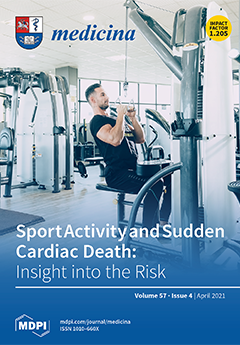Background and objectives: The latest reports suggest that follitropin delta is a highly efficient recombinant human follicle-stimulating hormone (r-hFSH) that became a part of the current assisted reproductive technologies (ARTs). Therefore, the present study aims to assess a series of parameters (follicles, oocytes, and embryos) and further by the outcomes in women following the administration of follitropin delta.
Materials and methods: This observational study included 205 women. They were aged between 21 and 43 years (mean 33.45) and an anti-Müllerian hormone (AMH) level ranging from 0.11 to 16.00 ng/dL (mean 2.89).
Results: In accordance with the established methodology and following the centralization of data, a total of fifty-eight pregnancies (28.29%) were achieved; forty-five (36.88%) were achieved in women under 35 years and thirteen (15.66%) in women above 35 years. These figures are positively correlated with women’s age considering that the number of follicles >18 mm, oocytes fertilized and embryo(s) varies among groups. Regarding the interest parameters, we noted
n = 1719 follicles > 18 mm,
n = 1279 retrieved oocytes, and
n = 677 embryos at day 3. On the other hand, the following figures have been registered in women above 35 years: 814–follicles > 18 mm, 612 oocytes retrieved and 301 embryos at day 3. During this study, we registered only three cases of abortions (
n = 1–0.81% in women under 35 years and
n = 2–2.40% in women above 35 years). Nine pregnancies (7.37%) were stopped from evolution in females under 35 years, and twelve pregnancies (
n = 8–6.55% in women under 35 years, while
n = 4 in women above 35 years) were unsuccessful. A twin pregnancy has been confirmed (1.20%) in women above 35 years, six ongoing pregnancies (4.91%) in those under 35 years, and two in both groups (one per group–
n = 1–0.81%, and 1.20%–
n = 1) in which we did not know the exact result were registered at the end of the established studied interval. However, there were also situations in which the treatment cause an over-reactivity or had no effect;
n = 2 were non-responders, and
n = 1 exhibited moderate ovarian hyperstimulation syndrome (OHSS).
Conclusions: Based on our results, we strongly encourage the use of this recombinant gonadotropin on a much larger scale.
Full article






